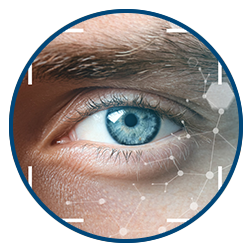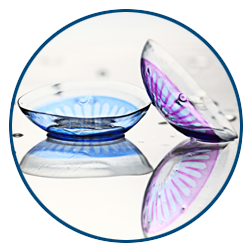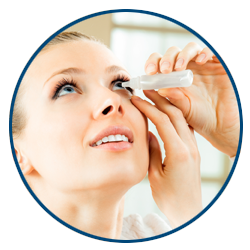 May is Myopia Awareness Month, a perfect time to shed light on the significance of early detection and management of myopia in children. People with myopia, or nearsightedness, experience a common vision condition where they see distant objects as blurry while close ones are clear. It’s becoming increasingly prevalent among children, making early intervention critical.
May is Myopia Awareness Month, a perfect time to shed light on the significance of early detection and management of myopia in children. People with myopia, or nearsightedness, experience a common vision condition where they see distant objects as blurry while close ones are clear. It’s becoming increasingly prevalent among children, making early intervention critical.
Below, our Owings Mills eye care team at Eyesymmetry Vision Center discusses why catching myopia early is so important and how we can help slow or stop its progression.
The Importance of Early Myopia Detection
Early detection of myopia in children is essential for several reasons. Myopia can significantly affect a child’s quality of life in the short term.
Children with uncorrected myopia often struggle in school because they cannot see the board clearly. This can lead to academic challenges and impact their overall learning experience. Additionally, myopic children may experience frequent headaches and eye strain due to the constant effort to see distant objects.
The long-term risks of myopia are even more concerning. High myopia increases the risk of serious eye conditions later in life, such as retinal detachment, glaucoma, and cataracts. These conditions can lead to permanent vision loss if not properly managed. This is why controlling the progression of myopia from an early age is so important.
Myopia Management Strategies
Though prescription glasses and contacts are an excellent way to address the short-term visual issues brought on by myopia, they don’t slow or stop its progression. Our eye clinic offers the following solutions to promote your child’s short- and long-term eye health and visual clarity:
Orthokeratology (Ortho-K)
Ortho-K involves wearing specially designed contact lenses overnight that reshape the cornea. This temporary reshaping allows clear vision during the day without needing glasses or contact lenses. Studies have shown that Ortho-K slows the progression of myopia in children.
Multifocal Contact Lenses
Multifocal contact lenses, typically used for presbyopia, can also effectively control myopia progression. It does this by using the lens's different near and distance vision zones to reduce eye strain, a factor thought to significantly influence myopia's development.
Atropine Eye Drops
Low-dose atropine eye drops have emerged as a promising option for myopia management. Studies have shown that these drops can significantly slow myopia progression in children with minimal side effects.
Lifestyle Changes
Encouraging outdoor activities and reducing time spent on near-work activities like reading and digital devices can also help manage myopia. Researchers believe that natural light exposure protects against the development and progression of myopia.
Early detection and proactive management of myopia in children are essential to ensure long-term vision health. Regular eye exams and effective myopia management strategies can prevent myopia progression and reduce the risk of serious eye conditions. As we observe Myopia Awareness Month, let’s prioritize our children’s eye health and take the necessary steps to protect their vision.







